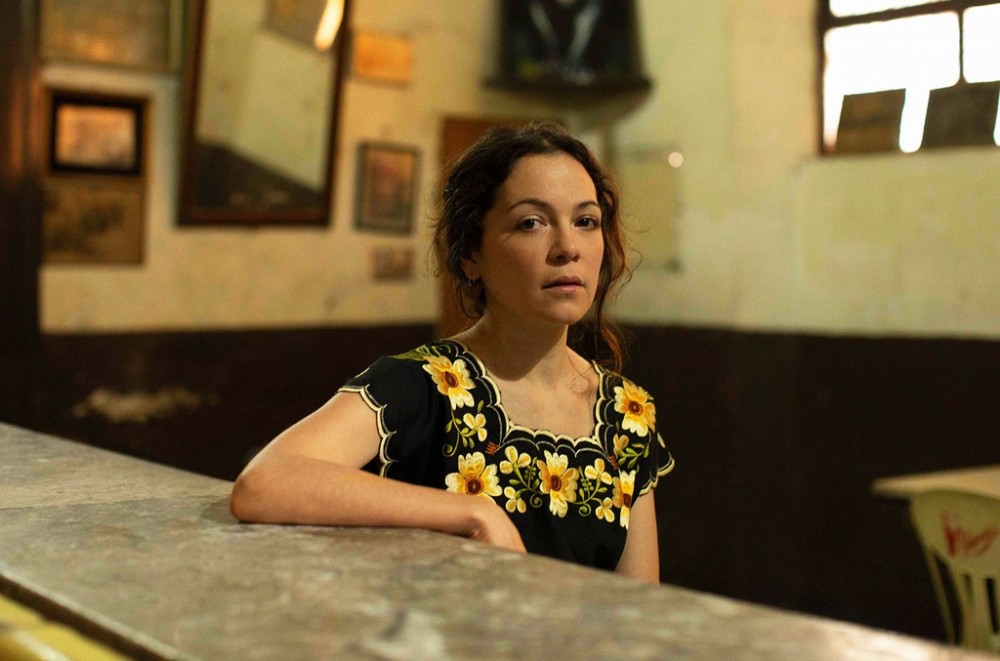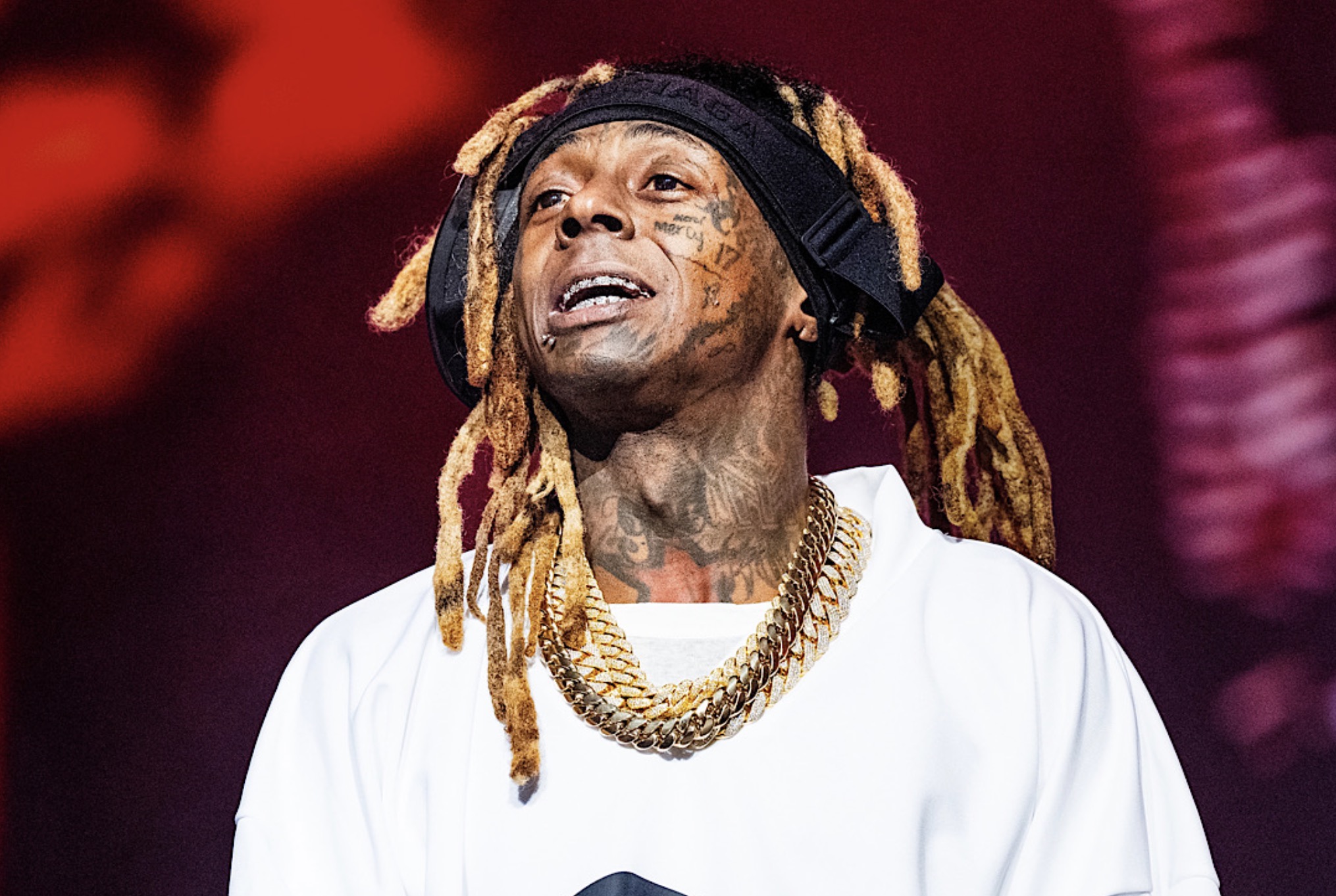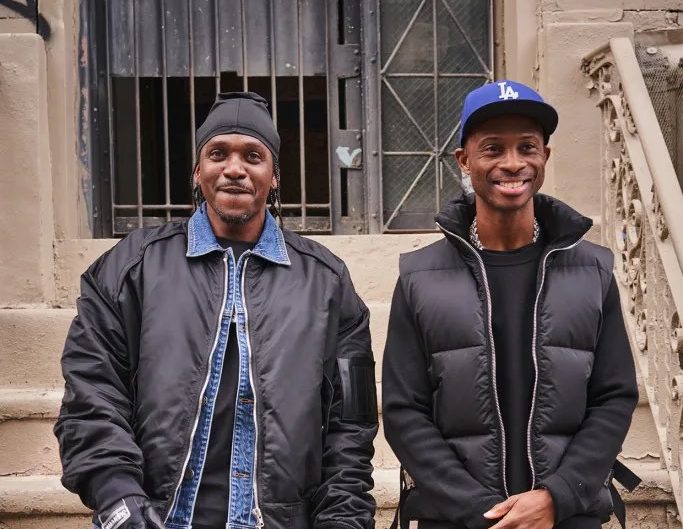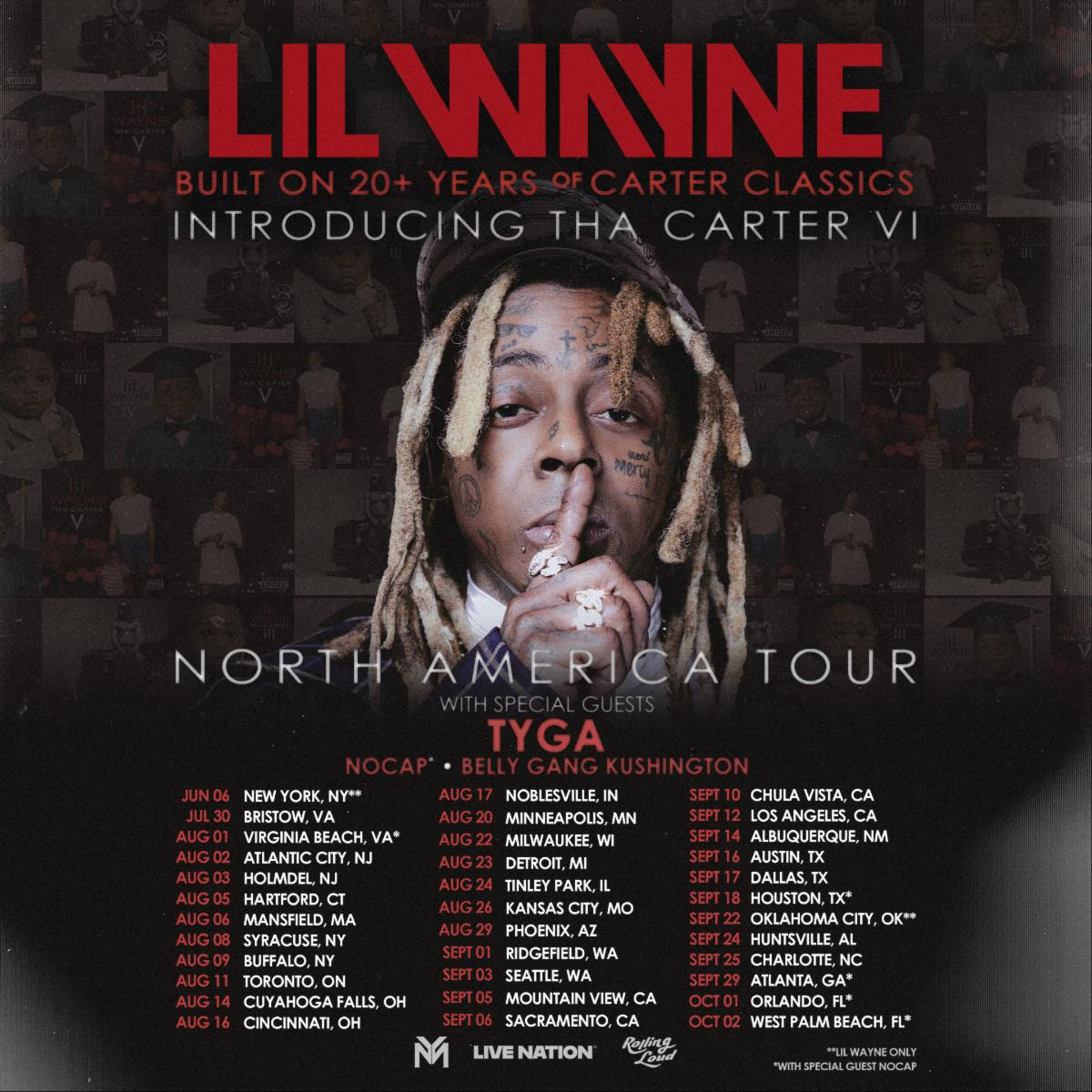Lafourcade spoke about her new album, Un canto por Mexico, and life during COVID-19
Natalia Lafourcade is sitting in the kitchen at her home in Veracruz, Mexico, drinking a cup of coffee, wearing a black huipil –a common traditional garment worn by Mexican women—embroidered with beautiful yellow flowers. “It’s a huipil from Veracruz. A gift from one of my fans,” she explains. “I really went all out with my folk,” she says with a smile.
Although we’re talking outfits, Lafourcade is referring to music as well, specifically her new album, Un canto por México (A song for Mexico). Released today, the album is a love song to Lafourcade’s Mexico; a tour of the country’s folklore executed with the loving attention to detail and authenticity of a genuine folk album, but wrapped into the commercially appealing structure of a pop artist who has dared to stretch her boundaries in extraordinary ways.
Lafourcade, ostensibly an alternative act in her beginnings, has slowly been turning inward in the past few years. In 2016, she won a Grammy for best latin rock, urban or alternative album for Hasta La Raíz, a set of mostly original material which began to explore the roots of Mexican folklore. Then, in 2017 and 2018, her Musas and Musas Vol. 2, both homages to Latin American folklore alongside guitar duo Los Macorinos, won Latin Grammys for best folk album.
The albums becoming critically acclaimed was a given. Whether or not it would be commercially successful was a gamble that has paid off for Sony Mexico, thanks to an avid fanbase that has opened up to Lafourcade’s contemporary, but still faithful, interpretation of folk.
“My path and my career have slowly changed through these musical] quests,” Lafourcade says now. “It’s a beautiful thing.”
Un canto por México was inspired by a 2019 concert Lafourcade played at Mexico City’s Auditorio Nacional to benefit El Centro de Documentación del Son Jarocho (CDSJ), a cultural center that suffered damage after the 2017 earthquakes.
That show, which featured guest performances from an array of artists that ranged from pop acts (Carlos Rivera) to alt (Panteón Rococó) to folk (Los Cojolites) sparked the notion of yet another folk-leaning set. From her Veracruz home, Lafourcade spoke about folk, watching films under the stars during the COVID-19 crisis, and where she’ll go on her next trip.
1. You open the album on an extremely folkloric note. Son jarocho ensemble Los Cojolites plays the very traditional “El Balajú” for a full two minutes before they introduce you. That’s quite a statement to make for ostensibly a pop artist…
I felt if I was going to do this, I was going to do it right. Very pure, very traditional, very faithful to the genres, but trying to achieve that mix between pure and current and modern and contemporary. I was trying to find a balance between my musical universe and the musical universe I so like about those genres. We didn’t use any electronic instruments in the album. All the instruments are typical to son jarocho, to ranchera music, bolero. Even the bossa nova, we mixed with Mexican instruments. I feel we accomplished something very pure.
2. Why this album, and why now?
It’s been an evolution. One project has led me to the next. Since I recorded that homage to Mexican composer] Agustín Lara the album Mujer Divina in 2012], I’ve felt the need to feed on these composers and this music and see how I can bring all those influences into my own music and grow and evolve as a composer. My path and my career have slowly changed as a result. It’s a beautiful thing. I’ve been taking son jarocho lessons. I love that genre. I’d dabbled in it before. But now that I’m studying it, it’s an endless study. It’s not easy.
3. Is this a love for Mexican folk music or for Mexico itself?
Folk music draws from very tightly held cultural norms. It draws from the elements that define the space. Listening to Un Canto por México is like going to the market in Mexico. Mexican markets are my favorite places. Culturally you absorb the people, the space, you see how people behave, how they offer you an orange or a tamal. Everything that you can find in a society is in there. Obviously, there’s many other things, but the market is important. This is a very sensory album, and it was made as a community; we had a community of musicians working on it. It’s like one of those trees of life.
4. Define this album in two songs:
“Hasta la Raiz,” included here in a new version]because it’s become a very important song for me and for many people. It has theta pop side and that traditional side, so it’s like a convergence of both universes. And in both universes I’m able to say something that’s important to me as a life mantra, which is: conserve your origin and your essence. Many people think this is a love song, but for me, it’s about not forgetting your essence. And that’s what this album is about. The other song would be Jose Alfredo Jiménez’s “Serenata Huasteca.”
5. I know you’ve been busy promoting the album from home. What else have you been up to during the COVID-19 lockdown?
Every Saturday I do an Instagram Live from my kitchen. I play the guitar and sing, and a lot of people connect. I’m also practicing piano a lot. I’ve always been a slow reader in piano. So I’m trying to get better. And I have a new guitar I play every day. And on Wednesday nights, we watch movies outside. Last Wednesday we put out the film projector and the home theater in the middle of the field and we watched E.T.
6. What is the first trip you’ll take once travel embargos are lifted?
I had planned a very special trip to Argentina with my father to screen his documentary. We filmed a beautiful documentary about my father, Gaston Lafourcade, who is 86 years old. He’s a pianist and I was going to play a concert with him. That was going to be a very special trip for me. So I may still do it. Especially for him.



